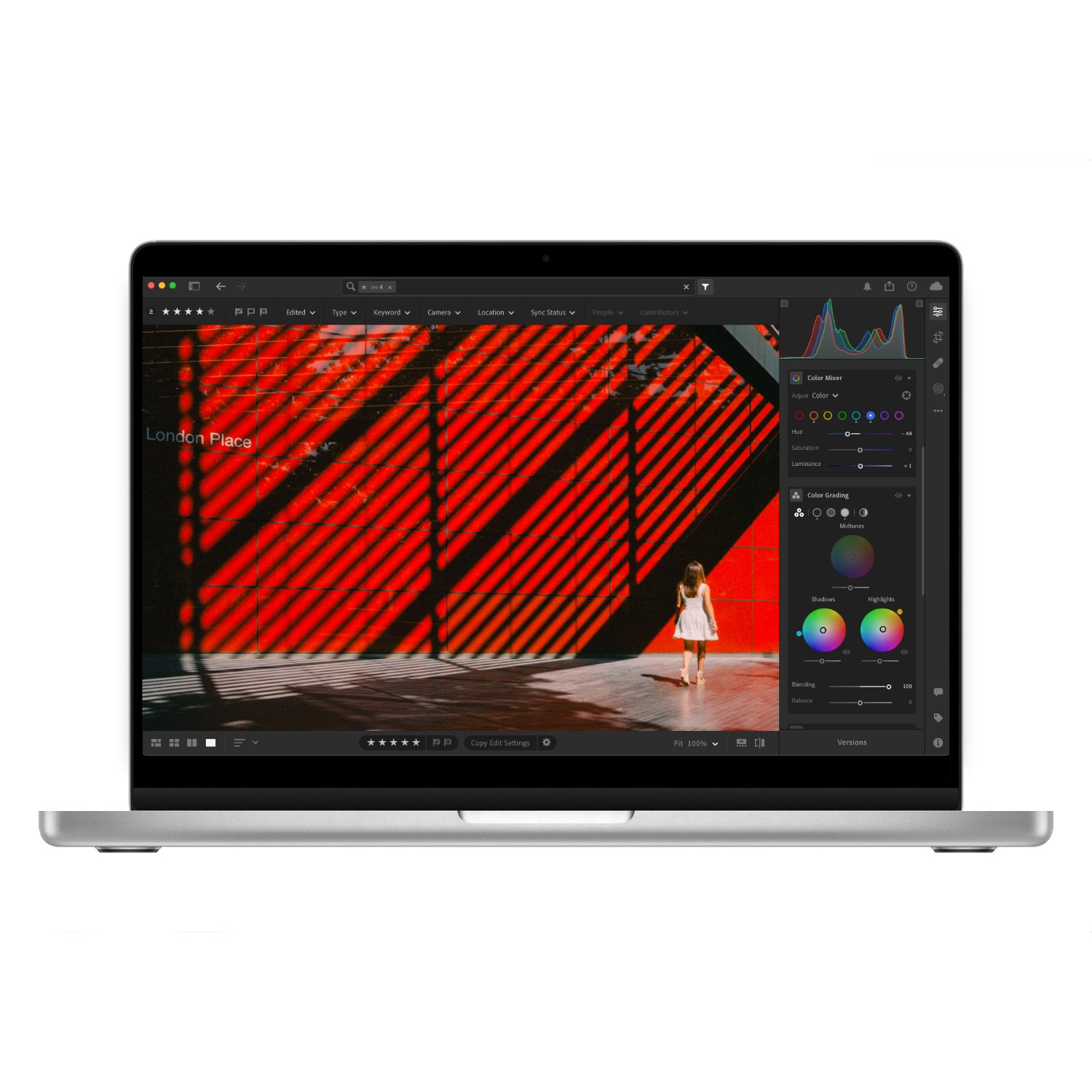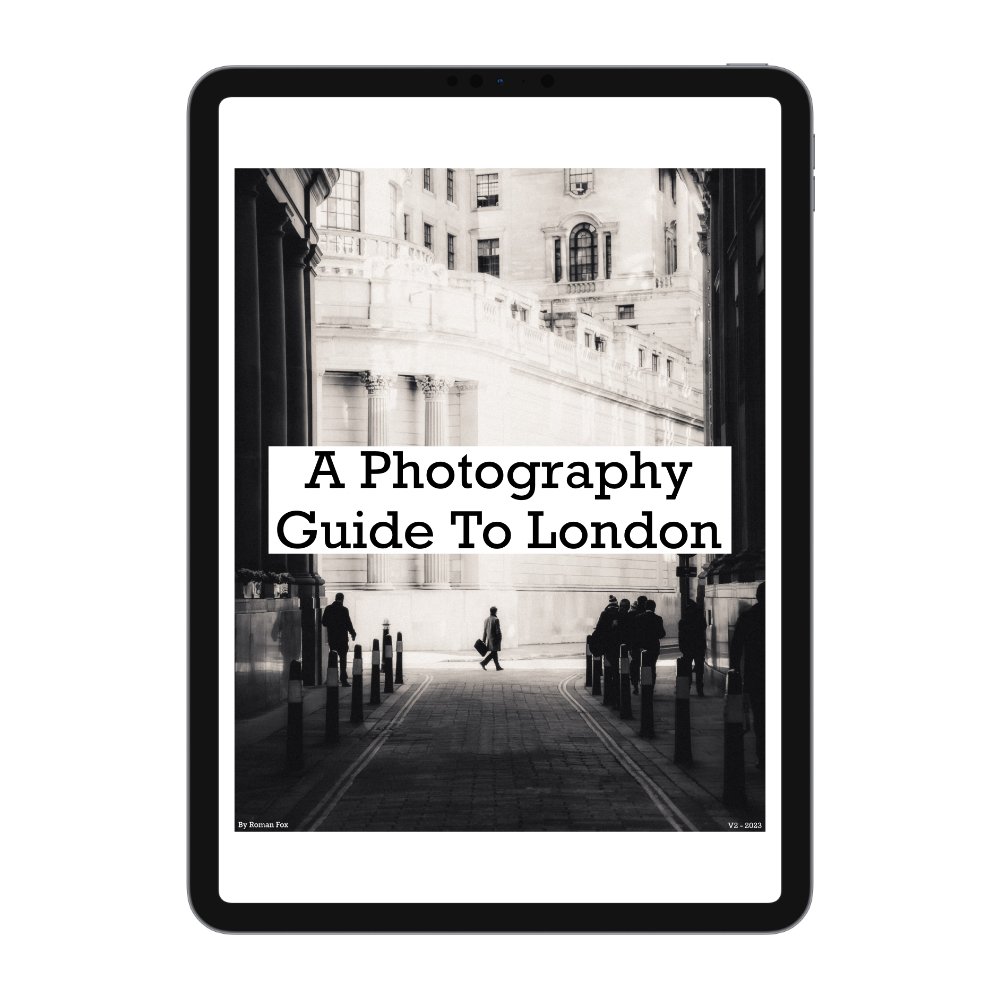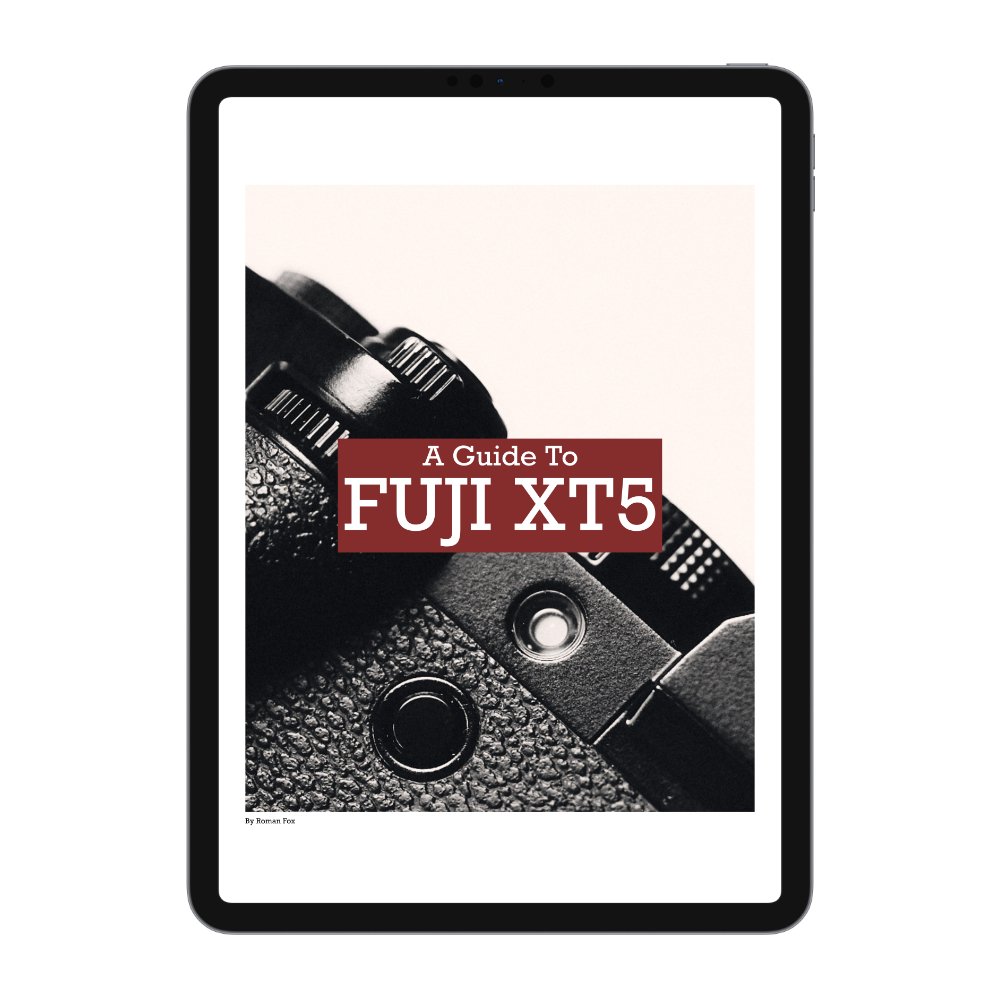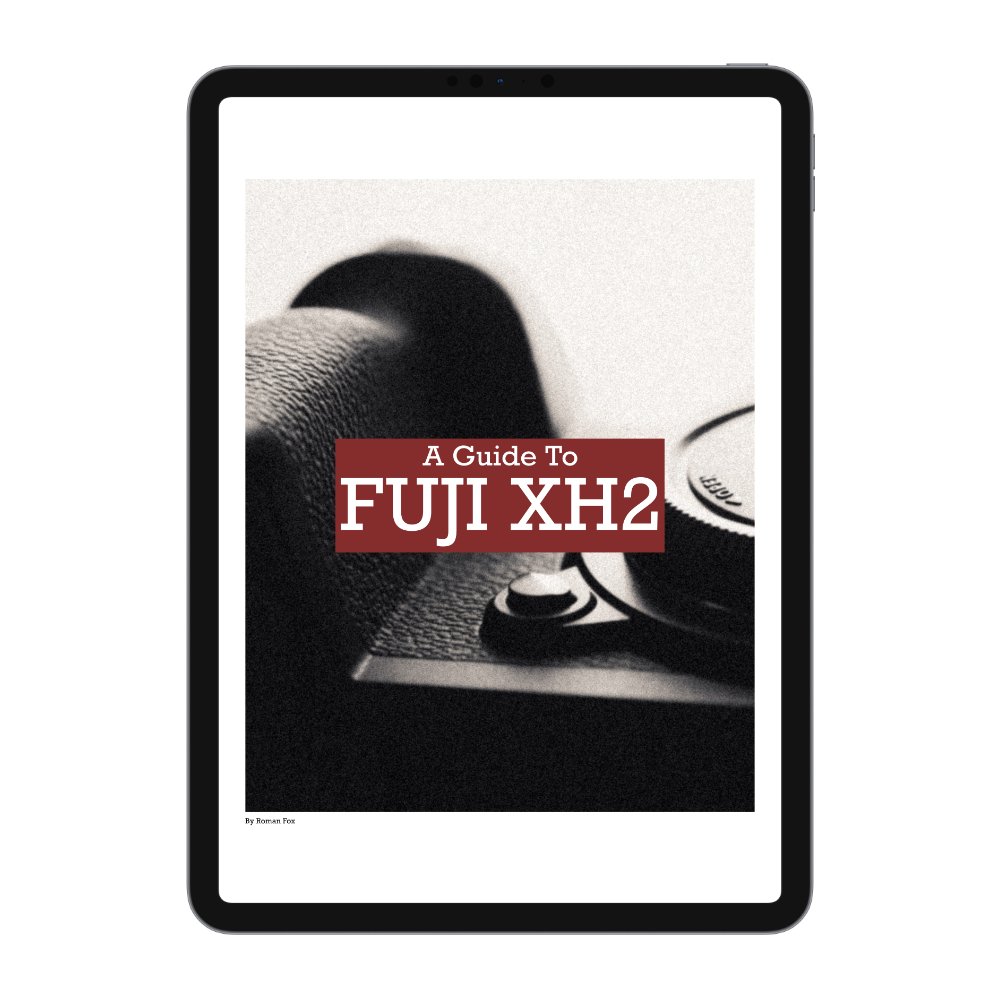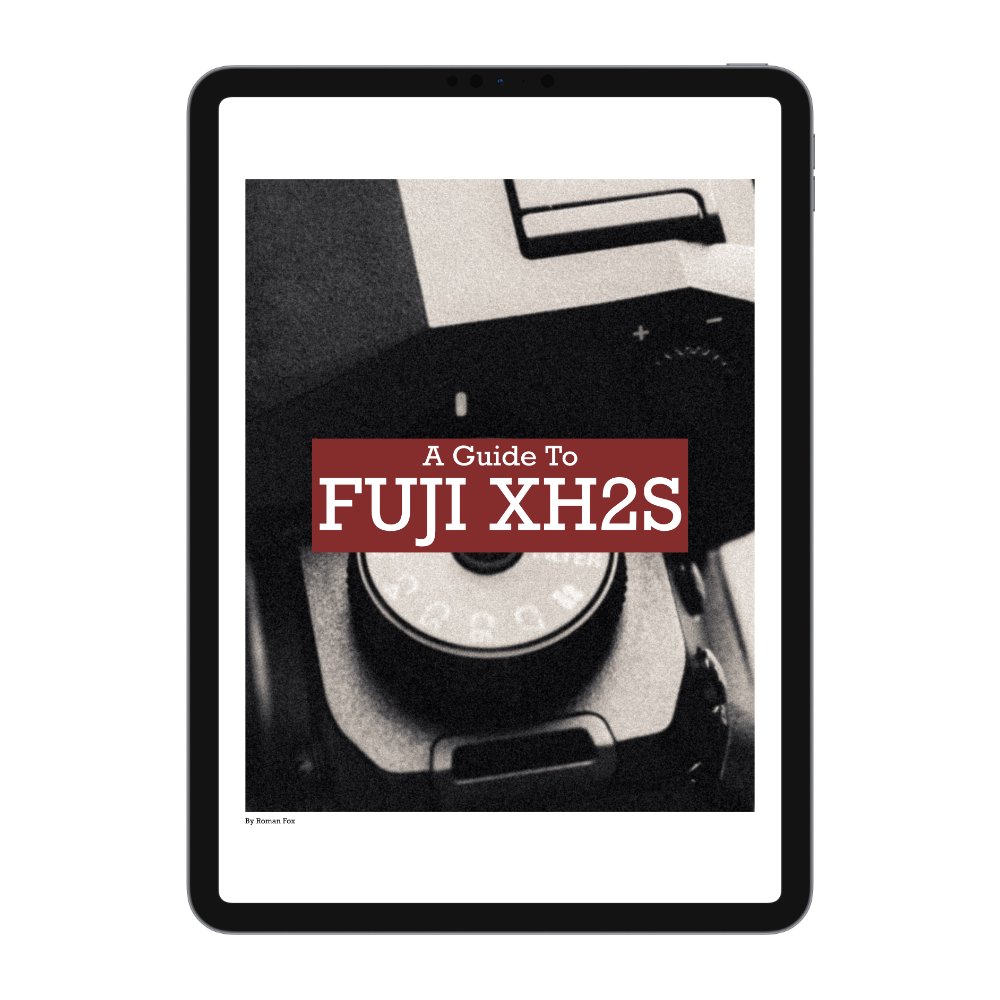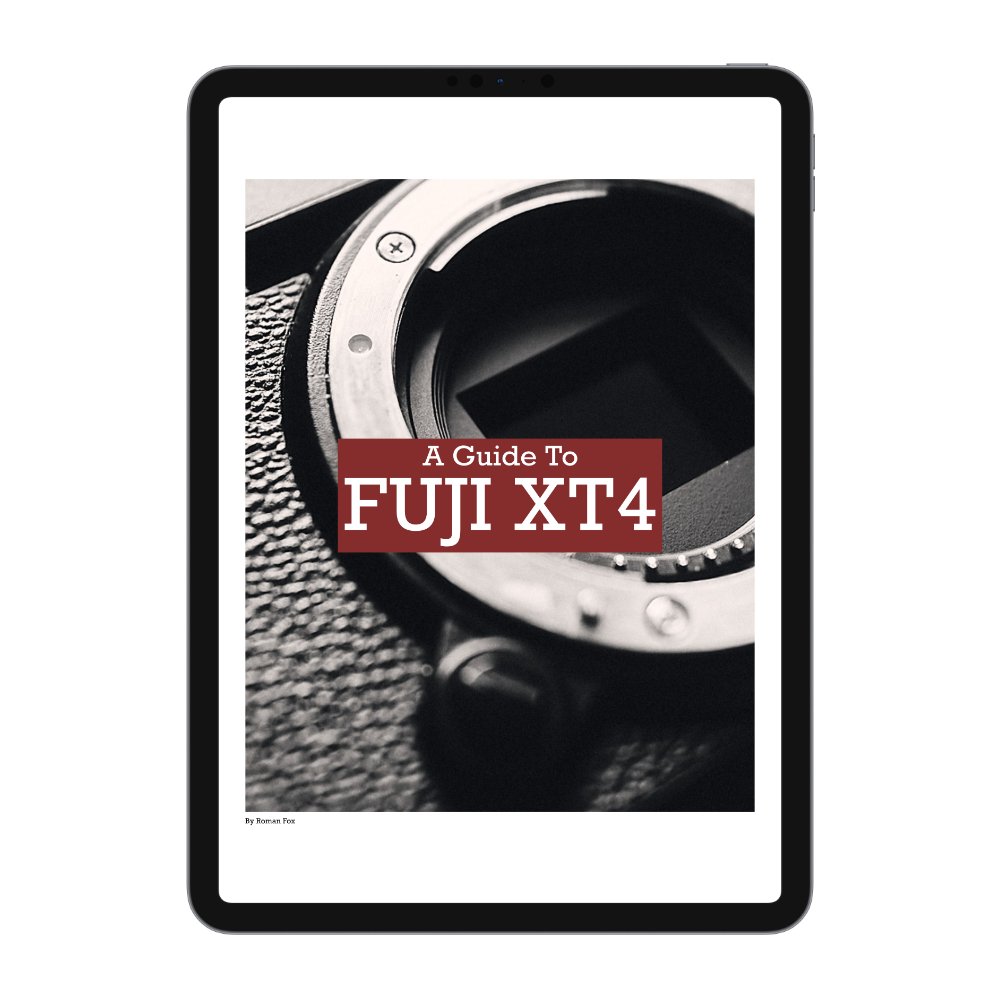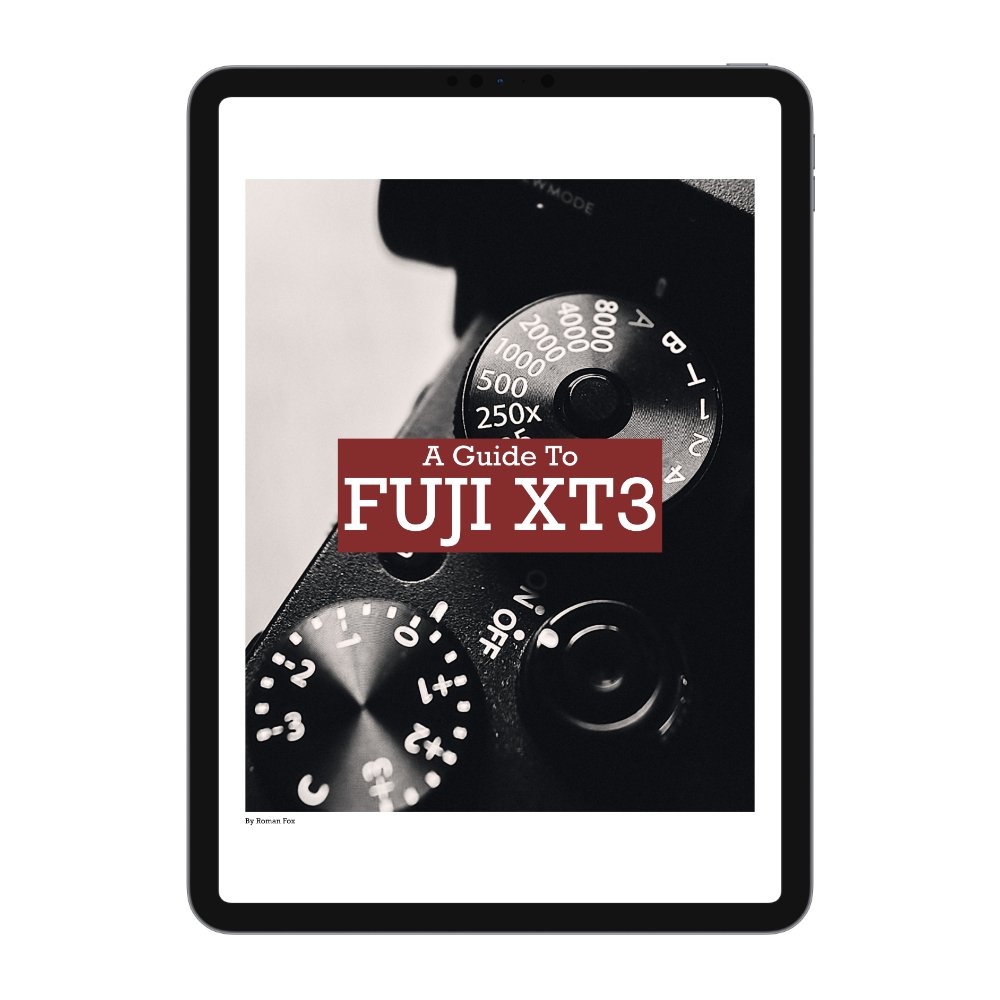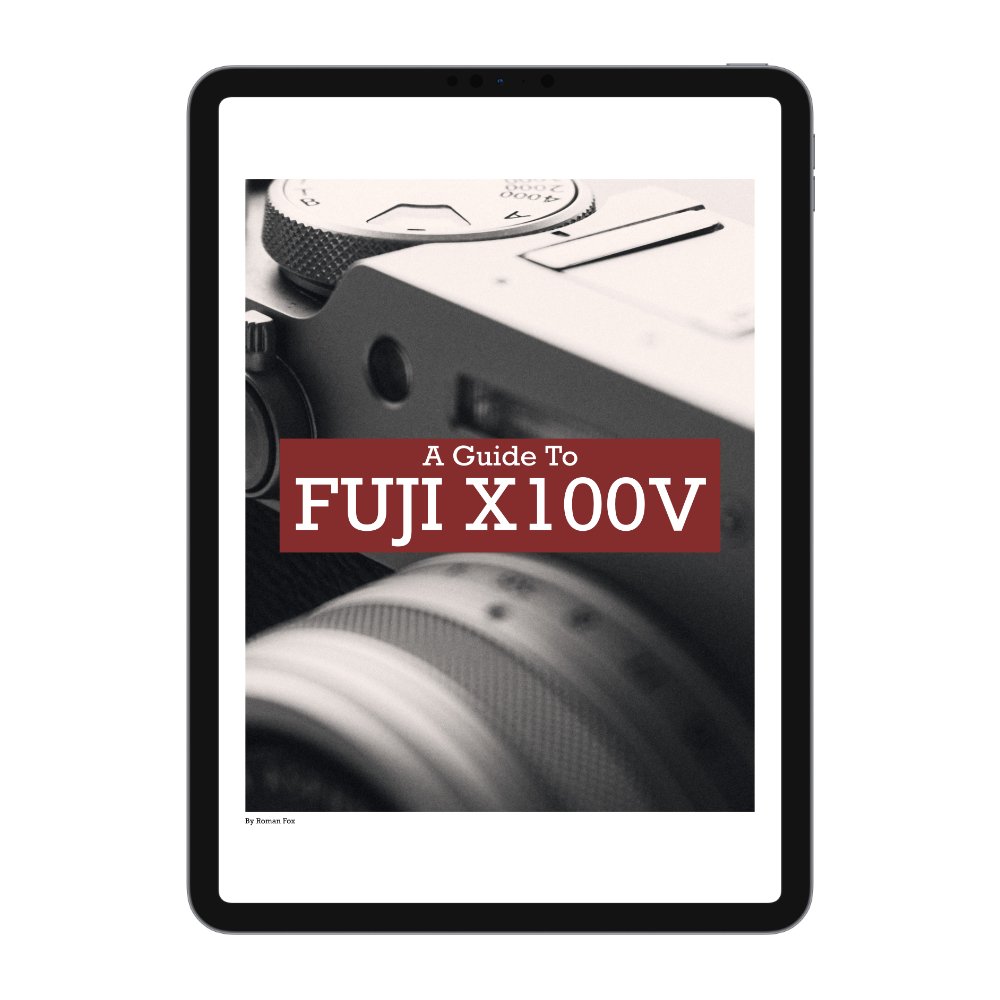Fujifilm vs Third Party Lenses
Over the last year I’be been trying a bunch of different third party lenses to see if there are better alternatives compared to the Fuji glass and in this blog I will share my thoughts. Please keep in mind that this is just my opinion based on my specific use case and your experience might be different.
Use Case
Most of my work revolves around travel and street photography with a 70:30 split between day and night shooting. I don’t shoot sports, wildlife, astro or anything that can really push the lens to the max. I don’t pixel peep and prioritise on getting a quality image over image quality. Below are a few photos to illustrate my work.
Lenses Tested
I have tried all types of lenses from cheap $60 manual TTArtisans to premium Viltrox and Sigma alternatives. Below are some but not all the lenses as I’m sure I forgot a few.
Viltrox 56 f1.7
Viltrox 27 f1.2
Viltrox 75 f1.2
TTArtisan 27 f2.8
TTArtisan 25 f2
Sigma 18-50 f2.8
Sigma 10-18 f2.8
Voigtlander 23mm f1.2
General Positive Remarks
In general all lenses were very well priced and in most cases less than half the price of an equivalent Fujifilm lens. Some of the more premium lenses such as Vitro’s f1.2 and the Sigma glass performed identically to the equivalent Fuji alternative. All the lenses got the job done and none presented issues that prevented photos being taken. Specific highlights for me include the Sigma lenses as they deliver identical image quality to the Fuji rivals but at half the size, weight and price. Another highlight is the Viltrox 56 f1.7. This lens costs $140 yet delivers a great image and reduces the cost of entry for many people into photography.
General Negative Remarks
Overall none of the lenses matched Fujifilm when it comes to build quality and how it feels in the hand. The Voigtlander was almost there but the lack of weather sealing on an £650 was disappointing. The more premium Viltrox f1.2 primes also came close however they are very big and very heavy. I found that the TTArtisans had strange colour rendering that required more work and even still always looked a bit off. The Sigma lenses are almost a complete package however the lack of aperture rings and a plasticky build means I would still pick the Fuji glass. Finally the biggest side effect of using these third party lenses is the integration between the camera and lens is just not as good… no surprises there. From little things like not being able to update the firmware through the camera to bigger things like delays focusing or even communicating with the lens. Other issues such as lack of focus tracking when zooming in and out make the Sigma lenses fall short compared to the Fuji 16-55 for example. For those who don’t know, when you zoom in or out using the Fuji, the camera automatically tracks the focus to make sure whatever you’re pointing the camera at remains sharp. The Sigma doesn’t do it, so if you need to zoom out, there whole scene goes totally blurry for a few seconds till the camera can sort it out. Is it a game changer? For many people no. For some yes.
Fujifilm vs Third Party
So how can I answer this common question I get online… are Fuji lenses better than third party? In short the answer is yes. However it will always be yes because it’s native. In the same way that your Apple AirPods will always pair easier with your iPhone than your Android. Some lenses are catching up and I’m sure in a few years the gap will be much smaller. For now though I will stick with Fuji.












